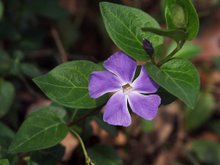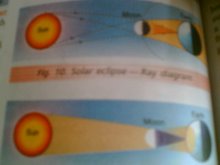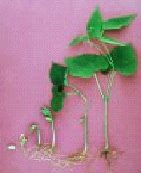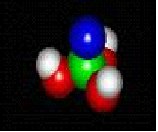
Algae and fungi
Green algae from Ernst Haeckel's Kunstformen der Natur, 1904.The algae comprise several different groups of organisms that produce energy through photosynthesis. However, they are not classified within the Kingdom Plantae but mostly in the Kingdom Protista. Most conspicuous are the seaweeds, multicellular algae that may roughly resemble terrestrial plants, but are classified among the green, red, and brown algae. These and other algal groups also include various single-celled organisms.
The embryophytes developed from green algae; the two groups are collectively referred to as the green plants or Viridiplantae. The Kingdom Plantae is often taken to mean this monophyletic grouping. With a few exceptions among the green algae, all such forms have cell walls containing cellulose and chloroplasts containing chlorophylls a and b, and store food in the form of starch. They undergo closed mitosis without centrioles, and typically have mitochondria with flat cristae.
The chloroplasts of green plants are surrounded by two membranes, suggesting they originated directly from endosymbiotic cyanobacteria. The same is true of the red algae, and the two groups are generally believed to have a common origin (see Archaeplastida). In contrast, most other algae have chloroplasts with three or four membranes. They are not close relatives of the green plants, presumably in origin acquiring chloroplasts separately from ingested or symbiotic green and red algae.
Unlike embryophytes and algae, fungi are not photosynthetic, but are saprotrophs: obtaining food by breaking down and absorbing surrounding materials. Fungi are not plants, but were historically treated as closely related to plants, and were considered to be in the purview of botanists. It has long been recognized that fungi are evolutionarily closer to animals than to plants, but they still are covered more in depth in introductory botany courses and are not necessarily touched upon in introductory zoology courses. Most fungi are formed by microscopic structures called hyphae, which may or may not be divided into cells but contain eukaryotic nuclei. Fruiting bodies, of which mushrooms are most familiar, are the reproductive structures of fungi. They are not related to any of the photosynthetic groups, but are close relatives of animals. Therefore, the fungi are in a kingdom of their own.














































No comments:
Post a Comment